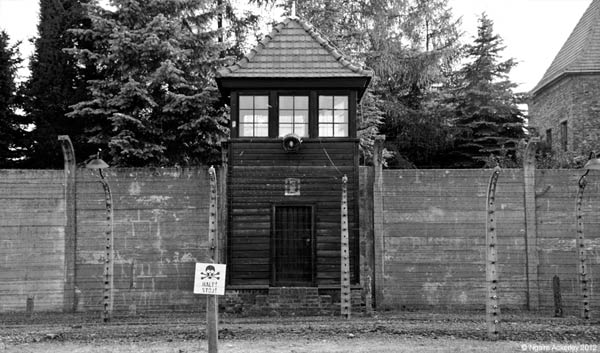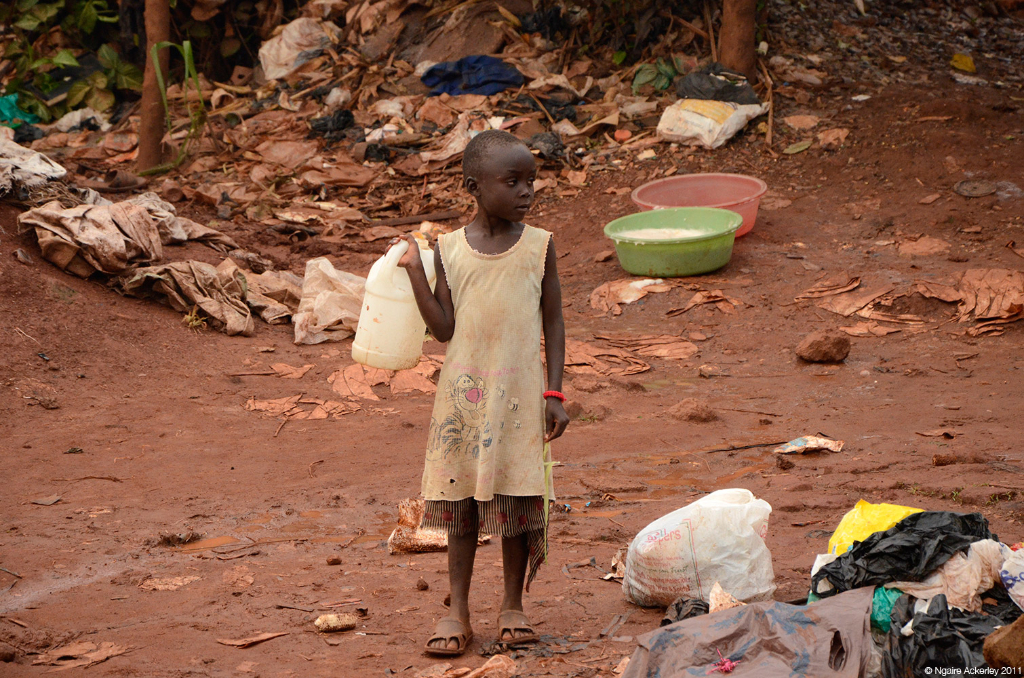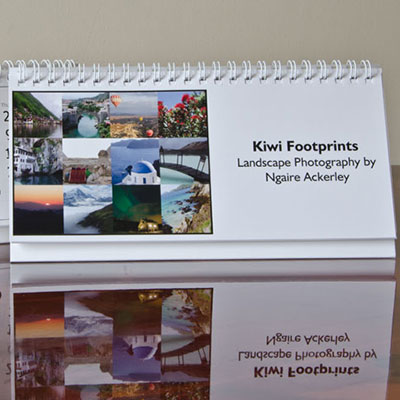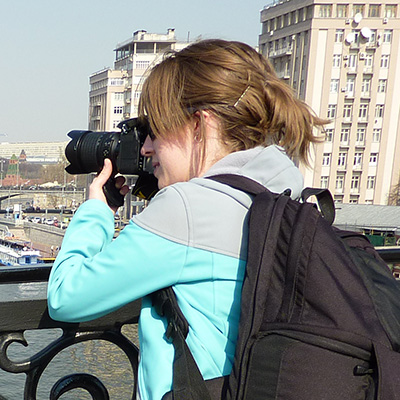Narrative Photography, Part 1: Background
Posted on: 17 Jul 2012
Written by: Ngaire Ackerley
Today people live in a visually intensive society and a world of spectacular and exciting images. They are bombarded with an orderly and continuous stream of visual stimulation from all manner of media every day. They see mediated images more often than they read words.
(Parsa, 2004, p.1)
As discussed by Parsa (2004) images are seen within visual communication on a daily basis and often people do not take particular notice of them. If a photograph does not capture an audience’s attention they will not take the time to read additional text. This is why it is important that images have strong narratives, so that they do not rely on text alone to communicate on their behalf.
When thinking about what a narrative is, the easiest way of explaining it, is by considering a narrative as a form of an idea or message, created from a plot or story. This can be done in photography by allowing the photographer to organise their thoughts into one or more images as the method of communication.
But hold on…
How do we actually ‘organise thoughts into more or more images’ to form a plot or story? Well, that is exactly what I’ll be covering in the coming blog posts in finer detail, but first – a bit of a background about narrative photography to set the scene:
Narrative Photography and Photojournalism
During my postgraduate university studies I read Truth Needs No Ally: Inside Photojournalism, by Howard Chapnick. He described a photojournalist as someone that carefully crafts one or more images to document or narrate something relative to society. A photojournalist pays careful attention to detail and selection of photographs, which enables their work to be the central aspect that communicates, whether or not it is reinforced with text.
Photojournalists are not the only people that should consider narratives. Anyone who works with photographs should consider how powerful narrative images will always capture the audiences’ eye before any caption does because of how they have been composed and skilfully captured. This applies to many people, for instance, a designer should consider how photographic narratives could fit into their design pieces to communicate a message effectively. A business should consider what images they use to market their company, whether that be online or offline and if it could be appropriate to form these into a narrative to reflect their company. Charities could consider how to tell narratives about their work to promote themselves. These are just examples, the potential for narratives in photography is almost endless!

Open vs Closed Narrative
It is important to distinguish between what an open and closed narrative is, to understand exactly what type of narrative your photograph should be communicating based on its purpose. Once this is decided, the correct methods can be used to create this form of narrative accurately, so the audience understands whether they are being informed or otherwise sold something.
As discussed in Photographs and Narrativity (Alvarado, Buscombe & Collins, 2001) a closed narrative is present in advertising photography, where the photographer or designer is trying to sell something to the audience. It illustrates a setting that is not real. Closed narratives have a defined purpose, communicating an idea without confusion. This can create a strong communication value, however, it often requires text to achieve this.
According to Alvarado, Buscombe and Collins (2001) an open narrative shows the real world and allows the audience to be involved in its interpretation. It has a narrative that is revealed through understanding the image(s). While not as obvious as a closed narrative, it can provide a wider understanding of something that is trying to be communicated through more individual interpretations. Open narratives are otherwise known as documentary or photojournalistic narratives and require less, if any, text compared to closed narratives.
In the coming weeks I will be focusing on open narratives and how we can take photographs, without necessarily relying on additional text to communicate the narratives.
Want to see more?
Check out Ngaire’s photography in her ‘Narrative Space’ Portfolio album »
If you liked this post, another that may be of interest is ‘Photographing for a website’ »
« Back to Blog



